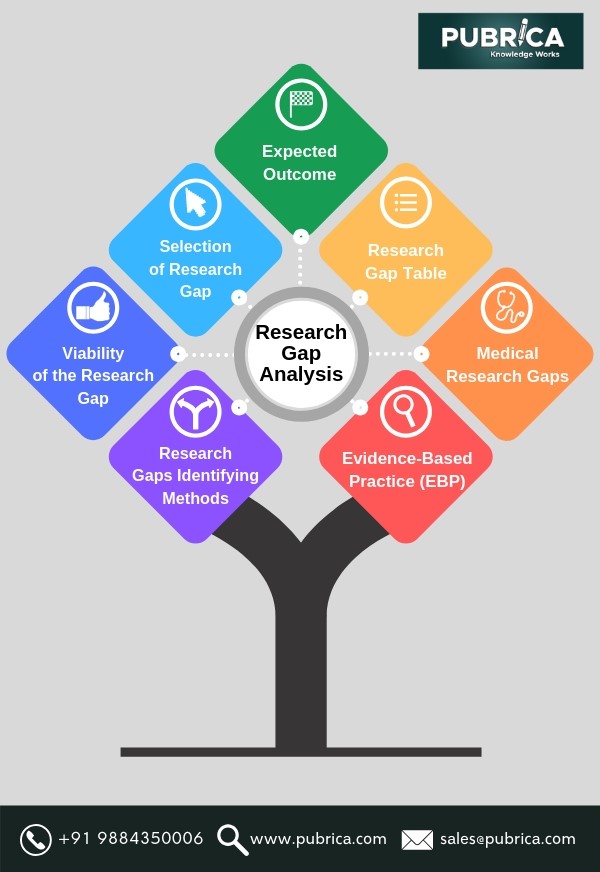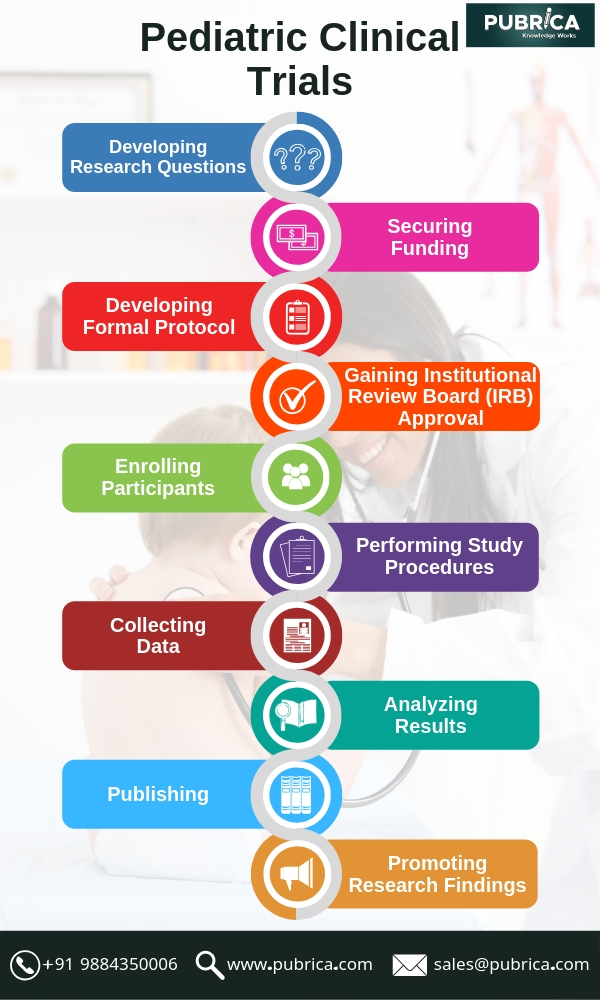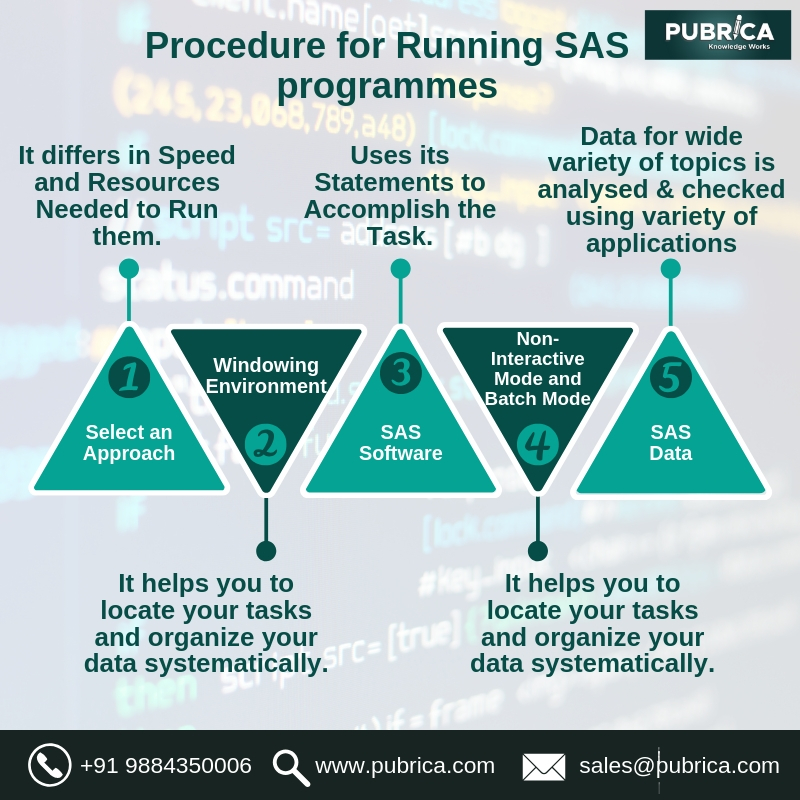
Framework for the identification of the research gap
August 31, 2019
Enhancing pediatric clinical trial feasibility through the use of Bayesian statistics.
September 7, 2019SAS is the widely used statistical software in industries as well as in academic niches. It is used for statistical analysis, at the same time it can also be used to check data virtualization and data analysis. It is however only available on Windows systems. It has algorithms and methods which are very useful for advanced statistics. SAS can analyse different types of data and can provide data which is composed of charts and graphs. The methods used by SAS are validated with statistical technical support.

SAS consists of regression procedures which help it to analyse data and perform statistical analysis. Regression models can fit in numeric as well as independent variables along with other variables which include Class variables. SAS producers that fit regression models include SURVEYLOGISTIC, SURVEYPHREG, SURVEYREG, TPSPLINE, and TRANS REG, ADAPTIVEREG, CATMOD, GAM, GENMOD, GLIMMIX, GLM, GLMSELECT, LIFEREG, LOESS, LOGISTIC, MIXED, NLIN, NLMIXED, ORTHOREG, PHREG, PLS, PROBIT, QUANTREG, QUANTSELECT, REG, ROBUSTREG, RSREG, SURVEYLOGISTIC. Most of these procedures also fit regression models (SAS support, 2019).
A dummy variable is generated which later constructs a design for the model when a regression model uses an explanatory variable which is replaced by a categorical variable. This process is called encoding. Most frequently used procedures are GLM, REFERENCE AND EFFECT encoding regression procedures. These three procedures help in encoding CLASS variables.
The EFFECT encoding procedure compares the average effect of all the levels over that of non-reference levels. The GLM encoding procedure compares the effect of the reference level to the difference in the effect it shows across each level. The REFERENCE encoding procedure compares the effect of the reference variable over the effect of each non-reference level. This is the last ordered level. The design matrix for Reference encoding is usually non-singular.
Linear regression:
Linear regression in regression procedures usually takes care of regression models that allow changes in both data as well as model so that it can fit into the model. Linear regression uses cross products to get the final output while generating data and various statistical analysis. It predicts values and limits residuals as well as confidence. It provides 9 methods for the selection of models.
Multiple Regression:
Multiple Regression is performed when your model has more than one explanatory variable.
SAS programming:
A SAS programming window is made up of
- Log Window- Execution of the program can be seen here.
- Code window- This is an editor tab where you can write SAS code.
- Output window- The output of the code is displayed in this window.
- Result window- It contains the results of each session. If you end the session, the window will be empty when next time you open it.
- Explore window- This is where you can browse files in the system.
SAS has two variables in which numeric variables are used in mathematical expressions and character variables are used in mathematical expressions. It can store data for only a particular session and it has libraries which can hold data permanently.
Procedure for Running SAS programmes:
1.Select an approach:
There are many ways to run SAS programmes. They differ in speed and resources needed to run them.
2. Windowing environment:
This window allows you to interact with SAS without any codes or worry. This window can help you to locate your tasks and organize your data systematically. Operating system commands are also given using this window.
3. SAS software:
The software helps you to perform tasks at ease. SAS uses its statements to accomplish this task.
4. Non-interactive mode and batch mode
In non-interactive mode, the files containing SAS and system statements are submitted to the operating environment which occupies the workstation but it cannot work in the station. Batch mode follows the same process however this time you can work in the workstation.
5. SAS data
Data for a wide variety of topics are analysed and checked using variety of applications. The data step provides input and output to change the data. This language is, however, the best way to change the data. This data can access SAS and can find permanent or temporary storage in SAS databases. Non-SAS data can interact with SAS data.
The SAS language consists of codes which help it to change the data and prepare it for analysis using SAS procedures. Changing the data includes adding new fields and creating datasheet of data or merging datasets to form one database. SAS statements are similar to those used in other coding languages.
References:
SAS support (2019). Retrieved 21 August 2019, from
https://support.sas.com/documentation/onlinedoc/stat/141/introreg.pdf
Tags:
Biostatistical Programming | Clinical trials | journal Publishing services | Scientific Editing Services | Medical Writing Services | scientific research writing service | Scientific Medical communication service
Related Topics:
Literature gap and future research
Meta-Analysis in evidence-based research
